The Silent Invasion of Plastics
The world is filled with unseen dangers. Some come at us headlong, with teeth bared and fury in their eyes. Others creep slowly, stealthily, worming their way into the very fabric of our existence. Plastics belong to the latter—a quiet, creeping danger, invisible to most, yet pervasive and insidious. In the everyday rituals of our lives—cutting an apple, slicing a loaf of bread—our kitchens have become a battleground against this invisible enemy. And in this fight, there is a choice that stands not only for our health but for the earth itself: wood over plastic.
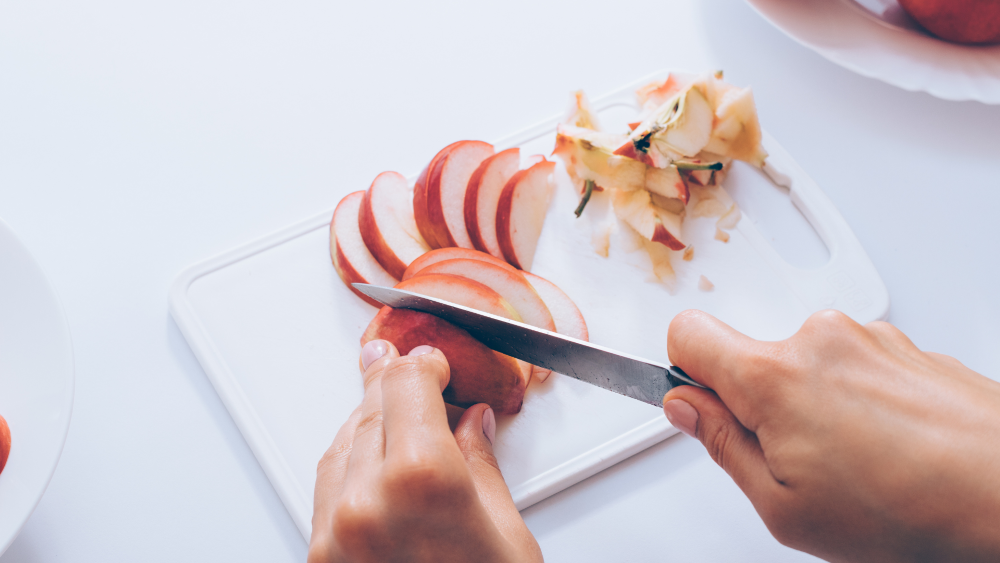
Plastic cutting board
The Unseen Enemy: Microplastics Everywhere
Imagine, for a moment, an army so small that it cannot be seen. An army that moves with the wind, floats on the waves, and sinks into the very soil beneath our feet. This is the army of microplastics—tiny fragments of plastic less than 5mm in size, small enough to drift through our water and our food, through the air we breathe. They are everywhere, these insidious invaders: in the rivers, the oceans, in the deepest of seas, and the most remote of mountain tops. And more disturbingly, they have made their way into our bodies.
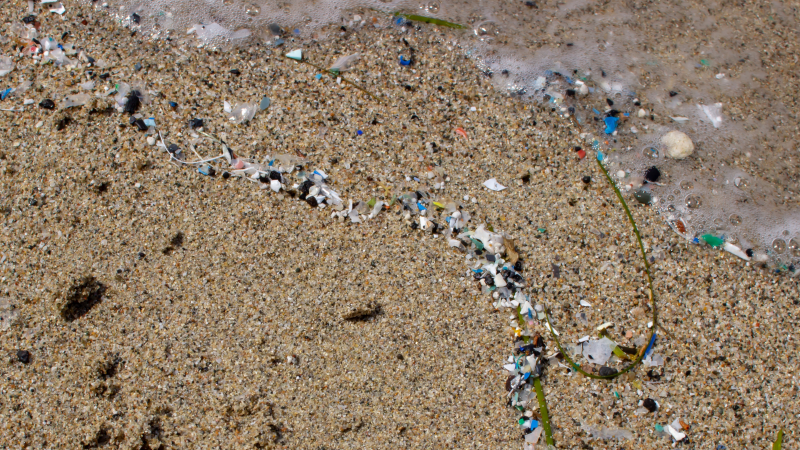
Take a sip from a bottle of water, and you could be consuming thousands of these microplastics. A study in 2018 revealed that 93% of bottled water tested contained microplastics. Another study found them in 83% of tap water samples globally. In every mouthful of food, in every breath we take, there they are, a silent invasion. We eat them, we drink them, we breathe them in, day in, day out, without a moment's thought.
But what harm can such tiny things do? A great deal, it seems. Scientists are still unraveling the secrets of these tiny intruders, but what they've found so far is enough to give anyone pause. Microplastics carry toxic hitchhikers—chemicals like phthalates and bisphenol A (BPA), which can mimic hormones and interfere with the delicate dance of our endocrine system. The consequences are alarming: reproductive issues, metabolic disorders, even cancer. The jury may still be out on the full extent of the damage, but the evidence is piling up, and the verdict is not looking good.
The Hidden Menace in Our Kitchens: Plastic Cutting Boards
We think of microplastics as coming from the great polluters of our age—factories spewing smoke, cars belching exhaust, plastic bottles bobbing in the ocean. But what about our own homes, our own kitchens? What about that humble, everyday tool we all use without a second thought—the plastic cutting board?
They were originally sold as being cleaner and better for our health. And as with so many things passed down from the great knowledge or companies selling us their goods, the opposite is true.
Every time you slice a tomato or chop an onion on a plastic cutting board, tiny fragments of that board break away, invisible to the naked eye, and end up in your food.
A study from the University of Plymouth in 2019 revealed just how much microplastic is produced by a single meal prepared on a plastic cutting board. The researchers found that each time a knife hits that plastic surface, around 370 tiny plastic particles are released. Each slice, each chop—370 more tiny invaders, marching their way into our bodies.
The Consequences of Eating Plastic
It sounds like a nightmare out of science fiction, but it is our reality. The average human could be ingesting anywhere from 39,000 to 52,000 microplastic particles every year, according to a review in Environmental Science & Technology. Factor in the air we breathe, and those numbers soar even higher. And once these tiny bits of plastic are inside us, what then?
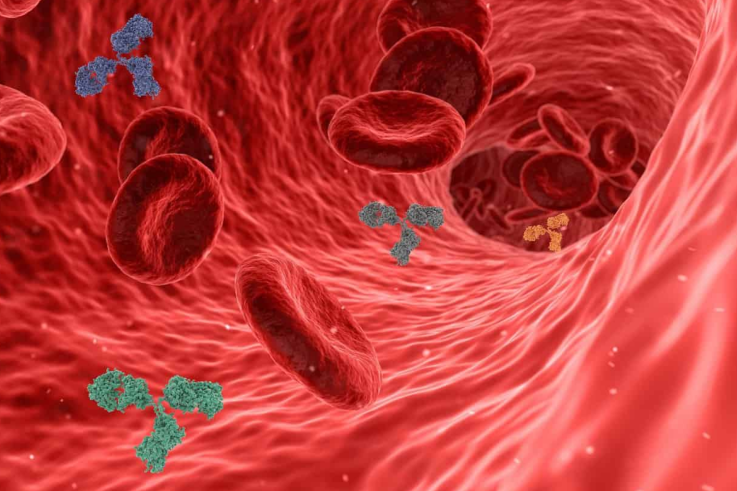
Plastic in the bloodstream
Research has shown that microplastics can accumulate in our organs—liver, kidneys, intestines—like squatters taking up residence in places where they don't belong. There, they cause all sorts of mischief: inflammation, cell damage, disruption of the gut microbiome, the delicate ecosystem that is so crucial to our health.
A study in Environmental International pointed out that these plastic particles could be tearing apart the very foundation of our immune system. The ramifications are far-reaching and deeply troubling.
The Return to Wood: A Simple, Natural Solution
And yet, there is hope. There is always hope, as long as we are willing to see it. The answer lies in the simplicity of nature itself. It lies in wood—a material as old as the trees, as sturdy as the earth. Unlike plastic, wood does not shed harmful particles under the blade of a knife. It does not break apart, leaving its microscopic remnants in our food. But that is not all. Wood has its own quiet magic—its own natural defenses.
In the 1990s, a scientist named Dean O. Cliver at the University of California, Davis, set out to test the safety of wooden versus plastic cutting boards. What he found was a revelation. Wood, it turns out, is not only free from plastic contamination but is also naturally antibacterial. Bacteria like E. coli and Salmonella—the villains of foodborne illness—may find their way onto a wooden board, but they don't stay there long. Within minutes to hours, they begin to die off. In contrast, on a plastic cutting board, these same bacteria can survive, even thrive, especially in the knife grooves where they find shelter and food.
A further study in the Journal of Food Protection drove the point home: wooden cutting boards had a remarkable ability to reduce bacterial levels, much more effectively than plastic. The porous surface of wood, which one might assume to be a disadvantage, actually allows bacteria to sink down below the surface, out of harm’s way, where they starve and die. The wood protects itself, and it protects us.
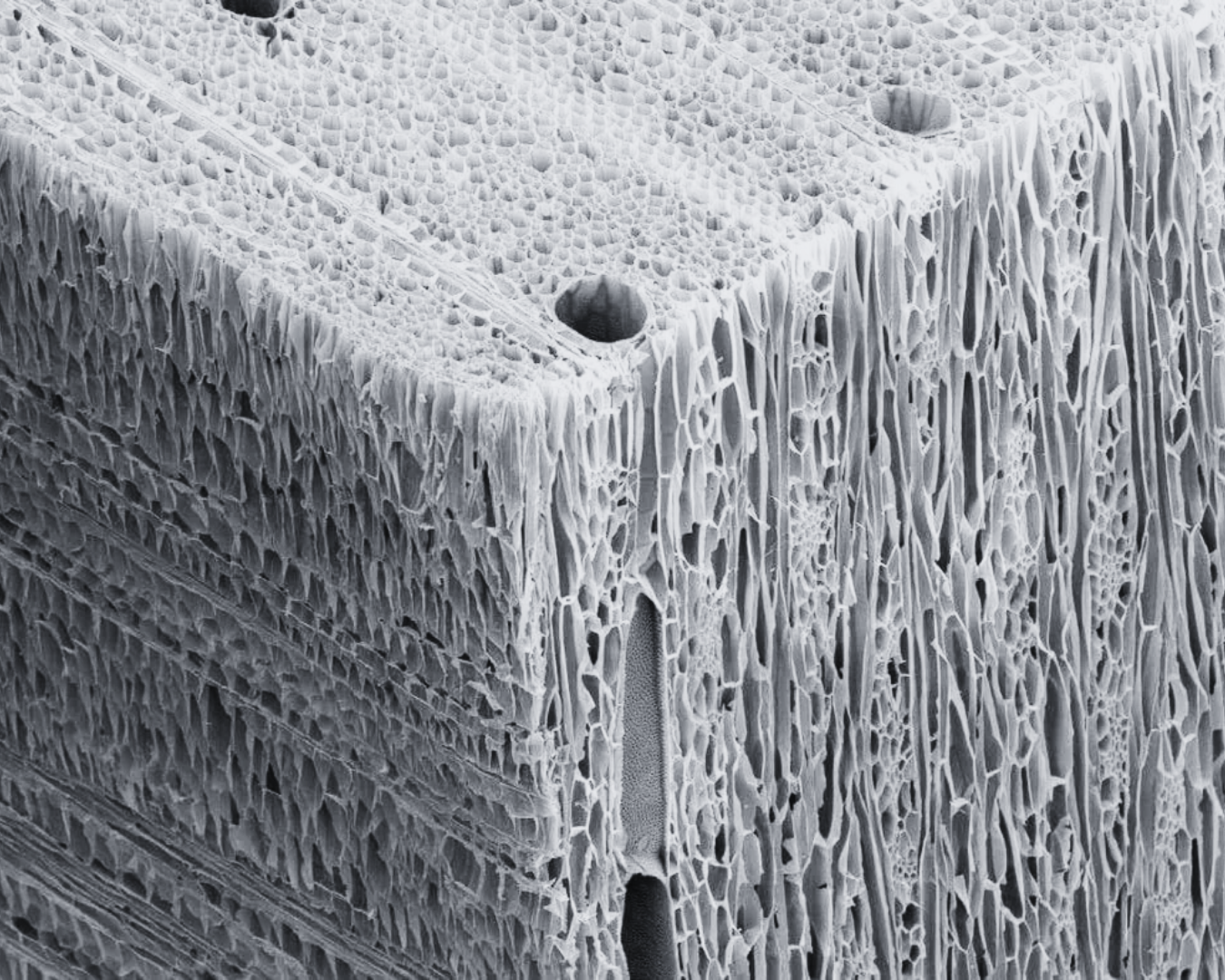
Wood fibers under and electron microscope
Choosing Wood: For Health, For the Earth
The benefits of wood go beyond our own health. They reach out into the world, into the forests, into the air we breathe, the water we drink. Plastic cutting boards, like all things plastic, are born of fossil fuels. They consume energy, they emit greenhouse gases, they clog our rivers and oceans. And when they are used up and discarded, they don't disappear. They break down into microplastics and continue their silent invasion.
Wood, on the other hand, is a gift from the earth itself. It is renewable, biodegradable, sustainable. High-quality wooden cutting boards, made from responsibly sourced hardwoods like maple, walnut, or beech, can last for decades. They are not just a tool; they are an investment, a commitment to a healthier life, a healthier planet.
Caring for Your Wooden Cutting Board
Of course, like all good things, wooden cutting boards require care. They cannot be tossed into a dishwasher like a plastic board. They need to be washed by hand, dried immediately, and occasionally treated with food-grade mineral oil to keep them from drying out and cracking. But these small acts of care are a small price to pay for the peace of mind they offer.
A Call to Action: Embrace the Simplicity of Wood
The war against plastic is fought in many ways—through legislation, through innovation, through activism. But it is also fought in the quiet choices of everyday life. Choosing a wooden cutting board over a plastic one may seem like a small act, but it is a profound statement. It is a statement that we will not be passive in the face of this invisible invasion. We will not be complicit in the poisoning of our bodies, our families, our planet.
It is time to return to the simplicity of nature. To embrace wood over plastic. To reclaim our kitchens as places of health and safety, not silent battlegrounds in an unseen war.
References
- University of Plymouth Study on Microplastics from Plastic Cutting Boards
- Dr. Dean O. Cliver's Research on Antimicrobial Properties of Wooden Cutting Boards
- Journal of Food Protection Study on Bacterial Retention
The world is full of choices. Let us choose wisely. Let us choose wood.
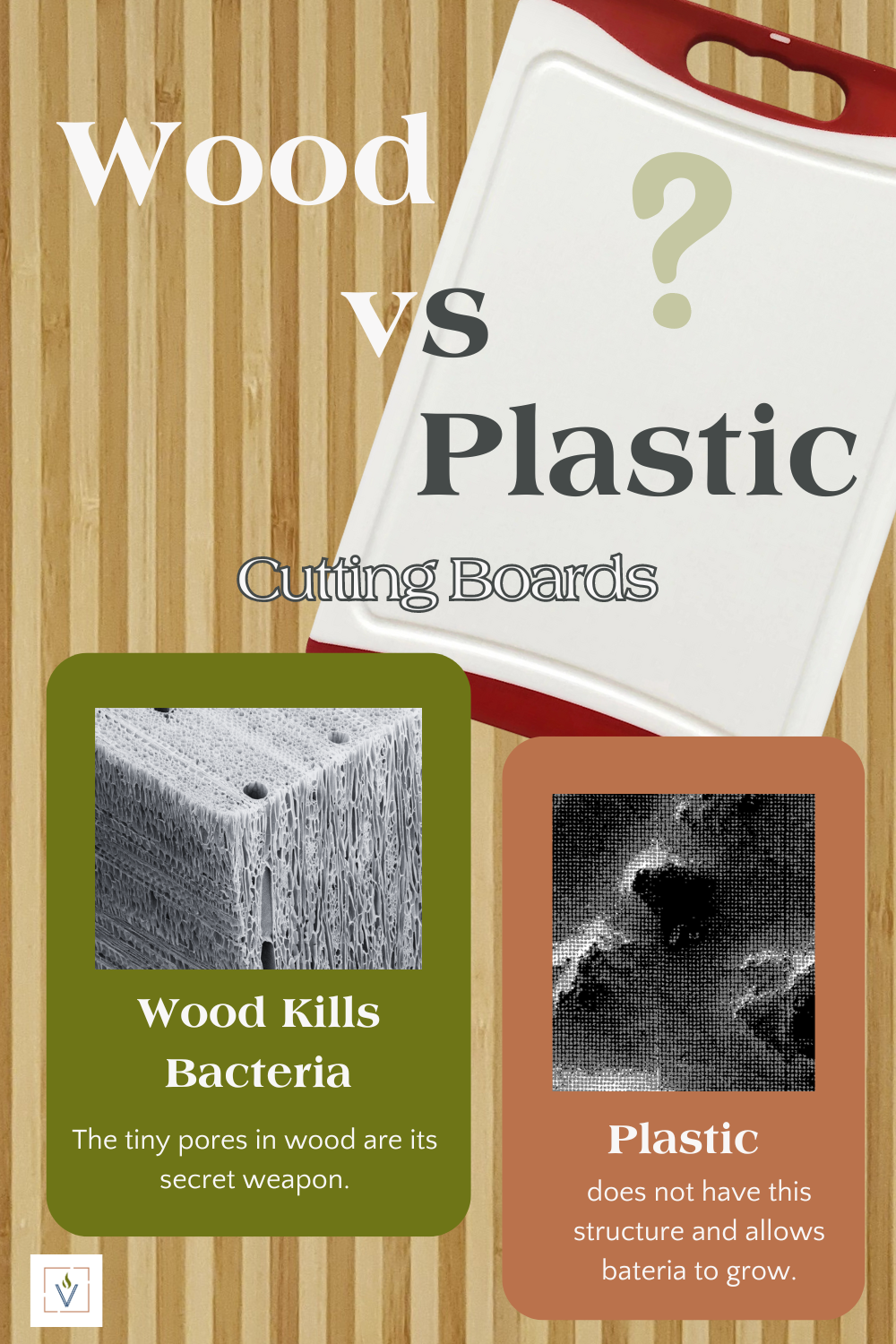



















Comments